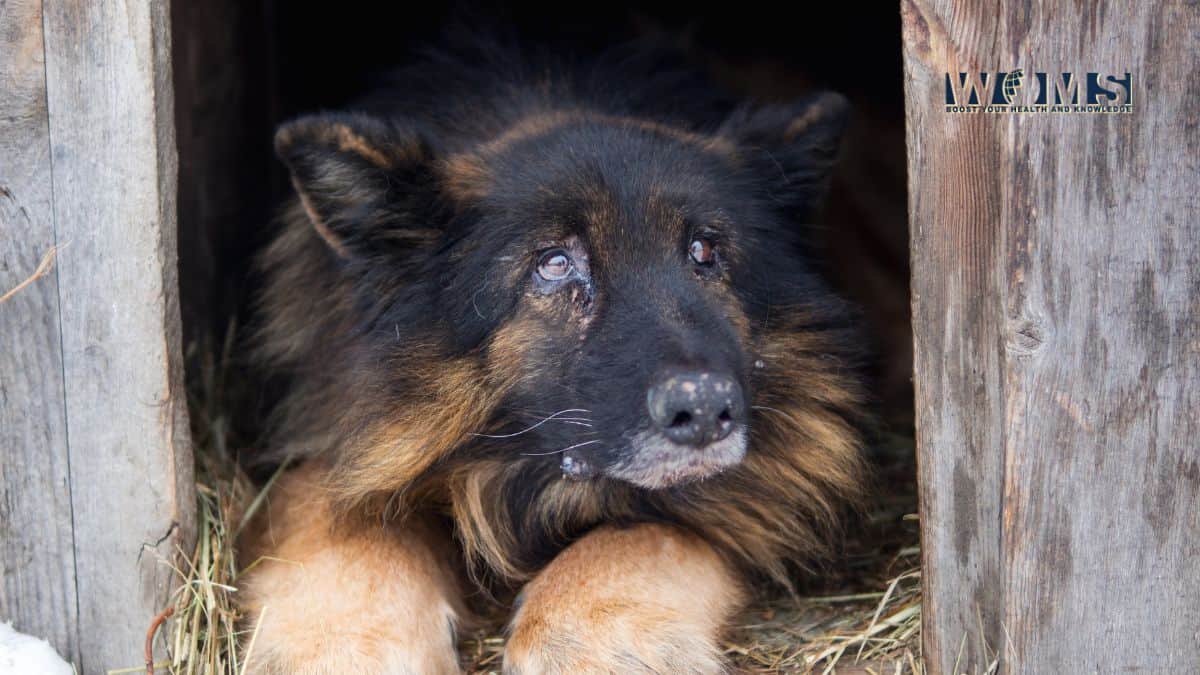Dog Cancer: Early Detection and Treatment

Dogs are known as man’s best friends for a reason. They are loyal, loving, and always excited to see their human companions, and they love to go on walks, play fetch, and just hang out. Dogs provide us with companionship and security and are always there to listen, no matter what.
Sadly, dogs are susceptible to many of the same cancers that affect humans, but the good news is that with early detection and treatment, many dogs can go on to lead happy and healthy lives. Keep reading to learn more about the signs and symptoms of cancer in dogs, as well as treatment options to inspire you to get the best pet insurance for your pup.
Early Detection
There are many different types of cancer that can affect dogs, and the earlier it is detected, the better the chance for a cure. Symptoms of cancer in dogs can vary depending on the type of cancer but can include anything from changes in behavior to unusual lumps or masses on the body. If you notice any changes in your dog’s behavior or physical appearance, take them to the veterinarian for an examination as soon as possible.
Many cancers in dogs can be successfully treated if caught early, so it is important to be aware of the symptoms and contact your veterinarian if you have any concerns. Some common methods used for detecting cancer in dogs include blood tests, X-rays, ultrasounds, and biopsies. Early detection is key when it comes to treating cancer in dogs, so make sure you are familiar with the signs and symptoms and contact your vet if you have any concerns.
Radiation Therapy
Radiation therapy is a type of cancer treatment that uses high-energy radiation to kill cancer cells. It is most often used to treat cancers that have spread (metastasized) to other parts of the body. Radiation therapy can also be used as part of the initial treatment for some cancers, such as stage III or IV cancer.
There are two types of radiation therapy: external and internal. External radiation therapy uses a machine outside the body to send beams of radiation directly to the tumor. Internal radiation therapy, also called implantation therapy, involves placing radioactive materials inside or near the tumor. Both types of radiation therapy can cause side effects, such as fatigue, skin irritation, and nausea. However, these side effects are usually temporary and go away after treatment is finished.
Surgery
While surgery may not be the first treatment that comes to mind when you think of cancer in dogs, it is actually one of the most common and effective methods of treatment. Cancer surgery in dogs can involve the removal of a tumor or tumor tissue, the removal of a body organ or body part where the cancer is located, or the repair of a body part that has been damaged by cancer. There are a number of different surgeries that can be performed on dogs, and the specific type that is performed will depend on the location and type of cancer. Some of the most common types of surgery used to treat cancer in dogs include tumor removal, partial or complete organ removal, and repair surgery.
Before scheduling to treat of your dog’s cancer, your veterinarian will perform a number of tests to determine the location and severity of cancer. Once these tests have been completed, your veterinarian will be able to recommend the best type of surgery for your dog.
Chemotherapy
Dogs get chemotherapy to treat cancer just like humans do. Chemotherapy is a treatment that uses drugs to kill cancer cells. It is often used to treat cancer that has spread to other parts of the body. There are different types of chemotherapy drugs, and they are given in different ways. Some dogs may have chemotherapy as an injection; others may have it as a pill. It all depends on the type of cancer, the dog’s health, and the treatment plan. Chemotherapy can have side effects, such as vomiting, diarrhea, and hair loss, but most dogs tolerate it well, and many dogs go on to live cancer-free lives after treatment.
Overall, the importance of early detection and treatment options for dogs cannot be overstated. The earlier cancer is detected, the more likely it is to be treated successfully. Dogs can display many early warning signs of cancer, and their treatment options should not be overlooked.
Also Read: Elevated Liver Enzymes in Dogs




